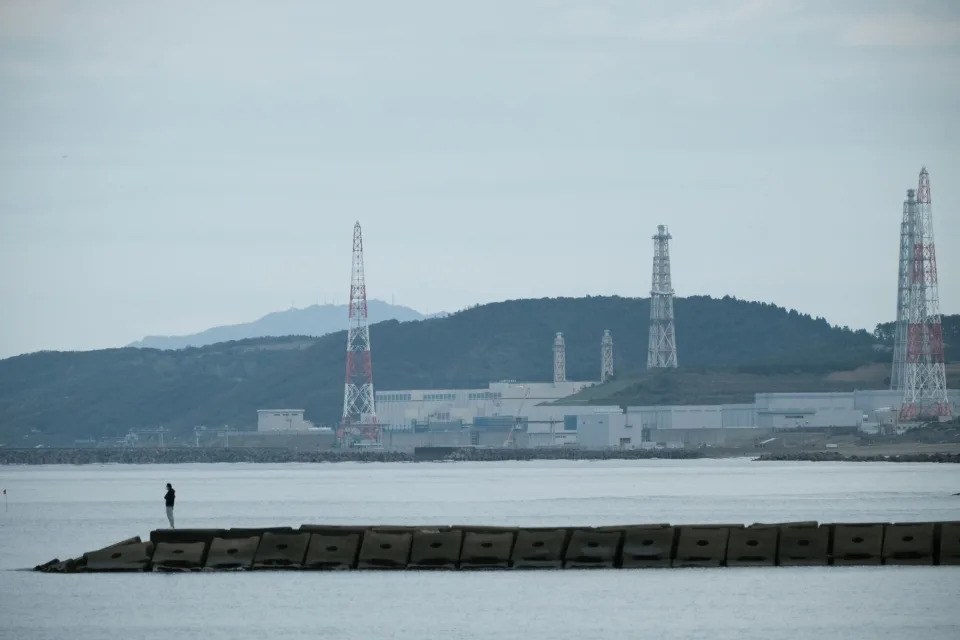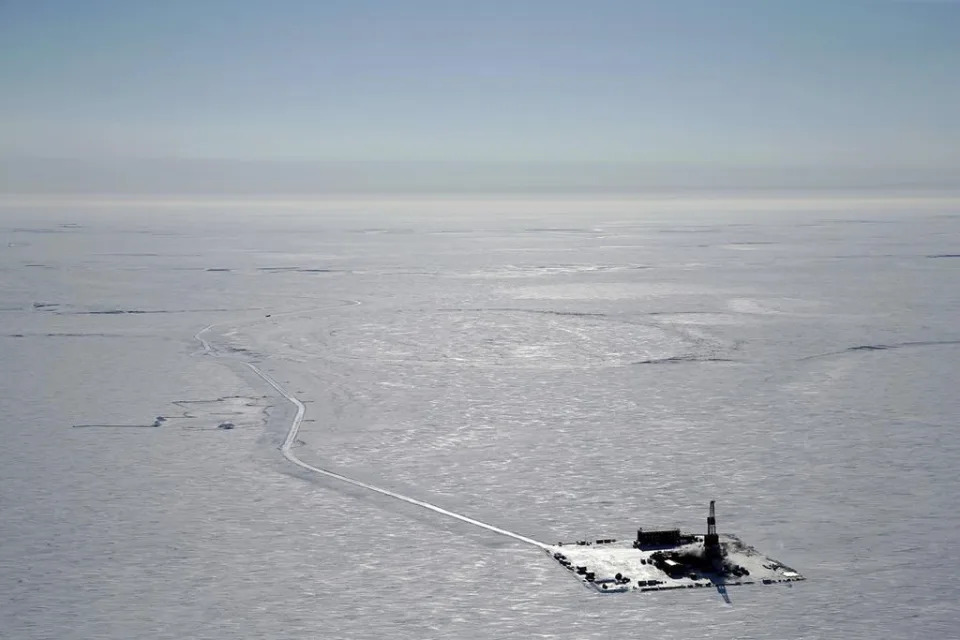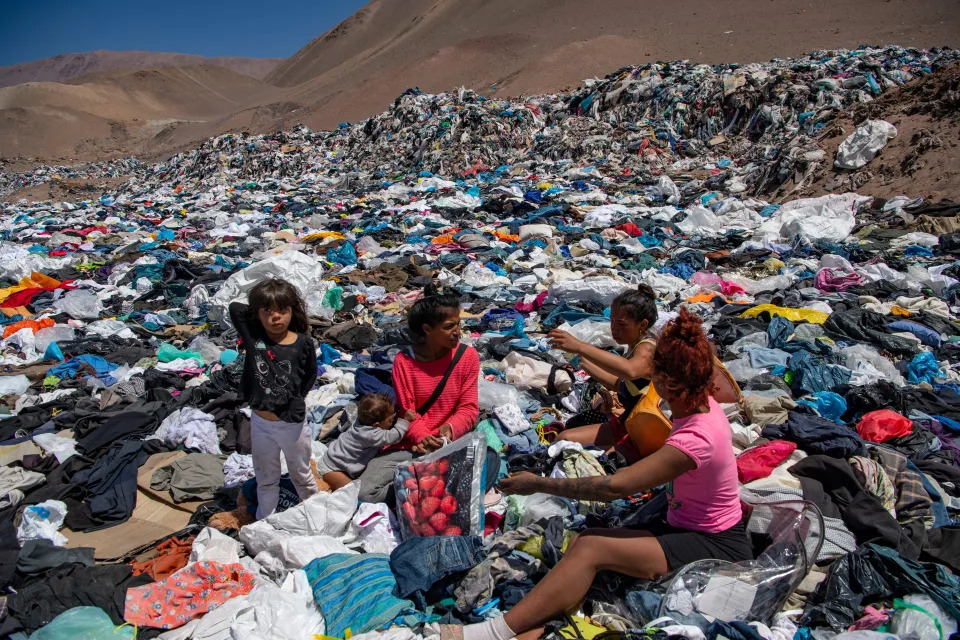Jennifer Sor
Mon, May 22, 2023

Franck Robichon/Reuters
The US government doesn't have to pay off its $31 trillion debt, Paul Krugman said.
The government debt can't be compared to something like a household's finances, Krugman said.
"When governments for one reason or another run up large debts, it is, as far as I can tell, unusual to pay those debts off."
The US doesn't actually have to pay off its $31 trillion mountain of debt, according to top economist Paul Krugman, hitting back at the idea that government finances can be compared to household balance sheets in an op-ed weeks before the US possibly defaults on some obligations.
Though individual borrowers are expected to pay off debts, the same isn't true for governments, Krugman argued in a column for the New York Times on Friday. That's because unlike people, governments don't die, and they gain more revenue with each passing generation.
"Governments, then, must service their debts – pay interest and repay principal when bonds come due – but they don't necessarily have to pay them off; they can issue new bonds to pay principal on old bonds and even borrow to pay interest as long as overall debt doesn't rise too much faster than revenue," he added.
Though the debt-to-GDP ratio hovered around 97% last year, interest payments on that debt is only around $395 billion, according to the Office of Management and Budget, or around 1% of last year's GDP.
Historically, it's also unusual for governments to pay off large debts, Krugman said. Such was the case for Great Britain, which has largely held onto the debt it incurred as far back as the Napoleonic wars.
Krugman's argument comes amid growing contention over the US debt level, with policymakers still sparring over the conditions they want to raise the country's borrowing limit. House Speaker Kevin McCarthy has said he would reject a short-term debt ceiling increase unless spending cuts are negotiated, having proposed a bill that would slash around $4.5 trillion on spending.
Congress now has less than two weeks to raise the borrowing limit before the government could potentially run out of cash, US Treasury Secretary Janet Yellen warned. A default on the country's obligations could result in catastrophe for financial markets, experts have warned. Krugman has called for the debt ceiling to be abolished, as the risk of a financial crisis offers Republicans a "choke point" on fiscal policy.









